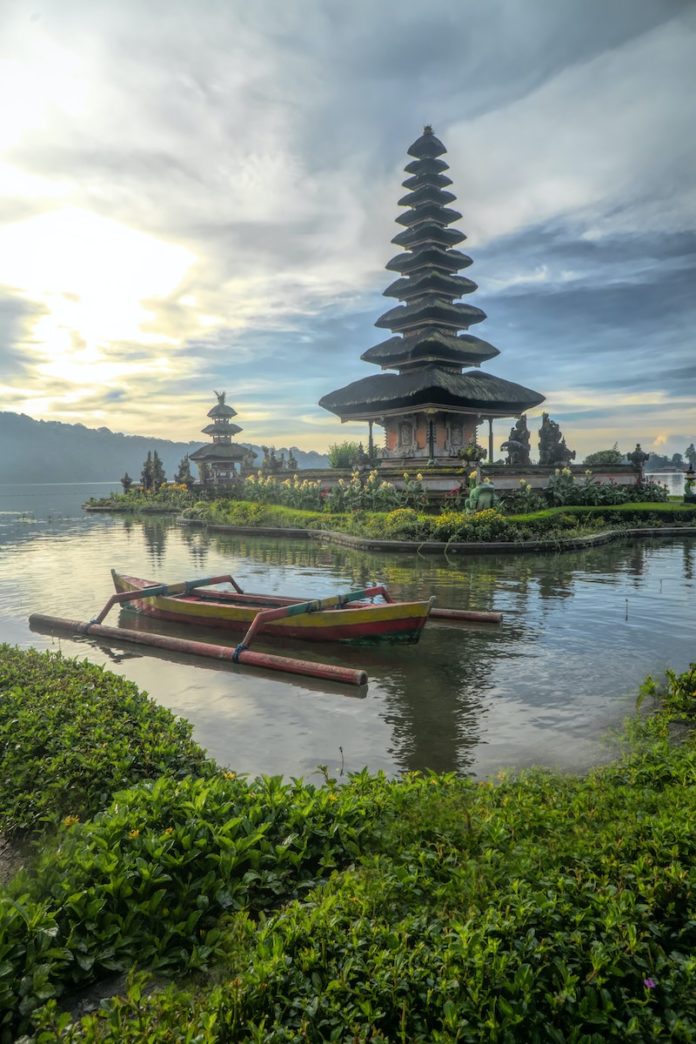Welcome to my latest travel blog post. We’ll transport you to the enchanting island of Bali, Indonesia—a dream holiday destination that will inspire your wanderlust and create unforgettable memories. Nestled in Southeast Asia, this tropical paradise is part of the Indonesian archipelago between Java and Lombok. In 2023, Bali continues to capture the hearts of travellers worldwide, offering an array of unparalleled experiences.
Bali’s allure lies in its unique blend of pristine beaches, lush jungles, and vibrant cultural heritage. As you explore the island, you’ll discover Seminyak’s azure waters, Ubud’s emerald rice terraces, and its beautiful temples’ rich traditions. Adventure-seekers can indulge in thrilling activities like surfing, scuba diving, and hiking, while those seeking solace will find peace in yoga retreats and traditional Balinese spas.
The island has become an even more enticing destination in 2023 as sustainable tourism initiatives have gained momentum. Bali’s focus on eco-friendly practices and responsible travel ensures that visitors can enjoy the island’s beauty while contributing to its preservation. So, whether you’re a first-time visitor or a Bali enthusiast, the island’s idyllic charm, warm hospitality, and commitment to sustainability will leave you inspired and rejuvenated. Join us as we explore the wonders of Bali, a destination that promises to enchant and captivate the hearts of all who venture there.
Bali, a tropical destination
Bali’s tropical climate ensures warm weather throughout the year, making it an attractive destination for sun-seekers and nature enthusiasts. The island experiences two distinct seasons: the dry season and the wet season. The dry season, which runs from April to September, boasts sunny days with average temperatures ranging from 26°C to 31°C (79°F to 88°F). This period offers the most pleasant conditions for outdoor activities, beach relaxation, and exploring the island’s cultural and natural attractions.
The wet season, lasting from October to March, brings higher humidity and frequent rain showers, with temperatures hovering around 25°C to 30°C (77°F to 86°F). Despite the rainfall, plenty of sunny intervals still allow visitors to enjoy Bali’s beauty during this time.
The best time to visit Bali largely depends on your preferences and priorities. The dry season is ideal if you’re seeking sunshine and optimal beach conditions. For those who don’t mind occasional showers and prefer a quieter atmosphere, the wet season offers fewer crowds and more competitive accommodation prices. Bali’s enchanting beauty and diverse experiences will ensure a memorable vacation regardless of the time you choose.
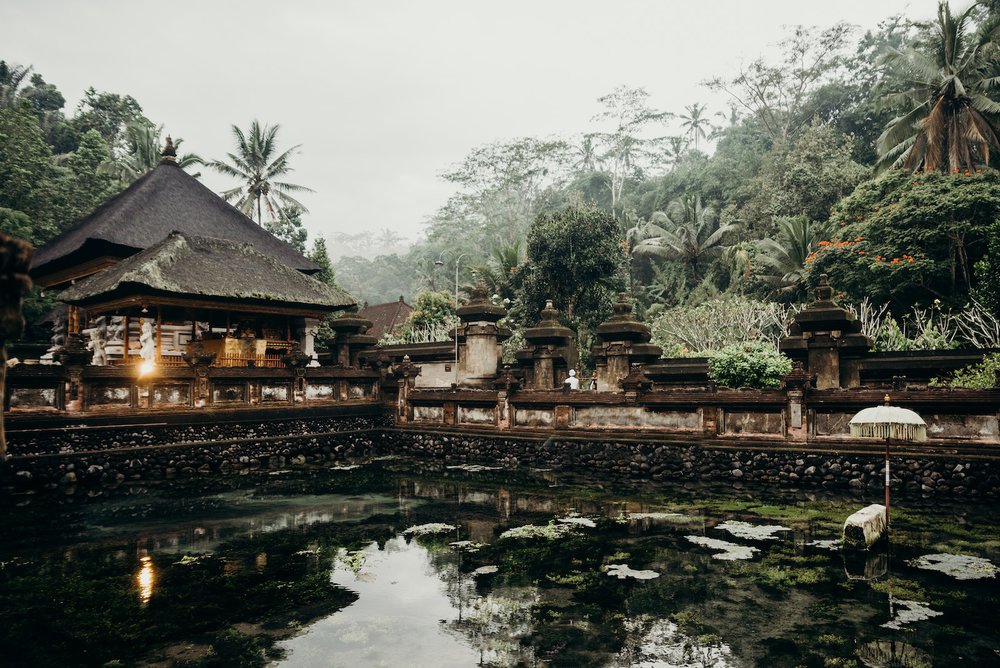
An Island with a great cultural background
Bali’s rich cultural background is a captivating blend of history, religion, and arts that sets it apart from the rest of Indonesia. The island’s history dates back to the prehistoric era, with the discovery of artefacts and ancient inscriptions suggesting human habitation as early as 3000 BCE. Bali experienced the influence of powerful empires, including the Majapahit Kingdom from Java, significantly shaping the island’s culture and society.
Hinduism is the dominant religion in Bali, in contrast to the predominantly Muslim population across the rest of Indonesia. Balinese Hinduism is a unique amalgamation of Hindu, Buddhist, and animistic beliefs. This syncretic faith is deeply ingrained in the local customs, rituals, and daily life, with the island being home to thousands of intricately designed temples known as ‘pura.’ Balinese Hinduism is also renowned for its ceremonies and traditional dance performances, such as the Barong and Kecak dances, which depict stories from Hindu mythology.
Politically, Bali is a province of Indonesia, with its capital in Denpasar. The island’s political landscape has evolved, experiencing Dutch colonial rule and Japanese occupation before Indonesia gained independence in 1945. Today, Bali’s government consists of a governor elected by the people and a regional parliament responsible for local administration.
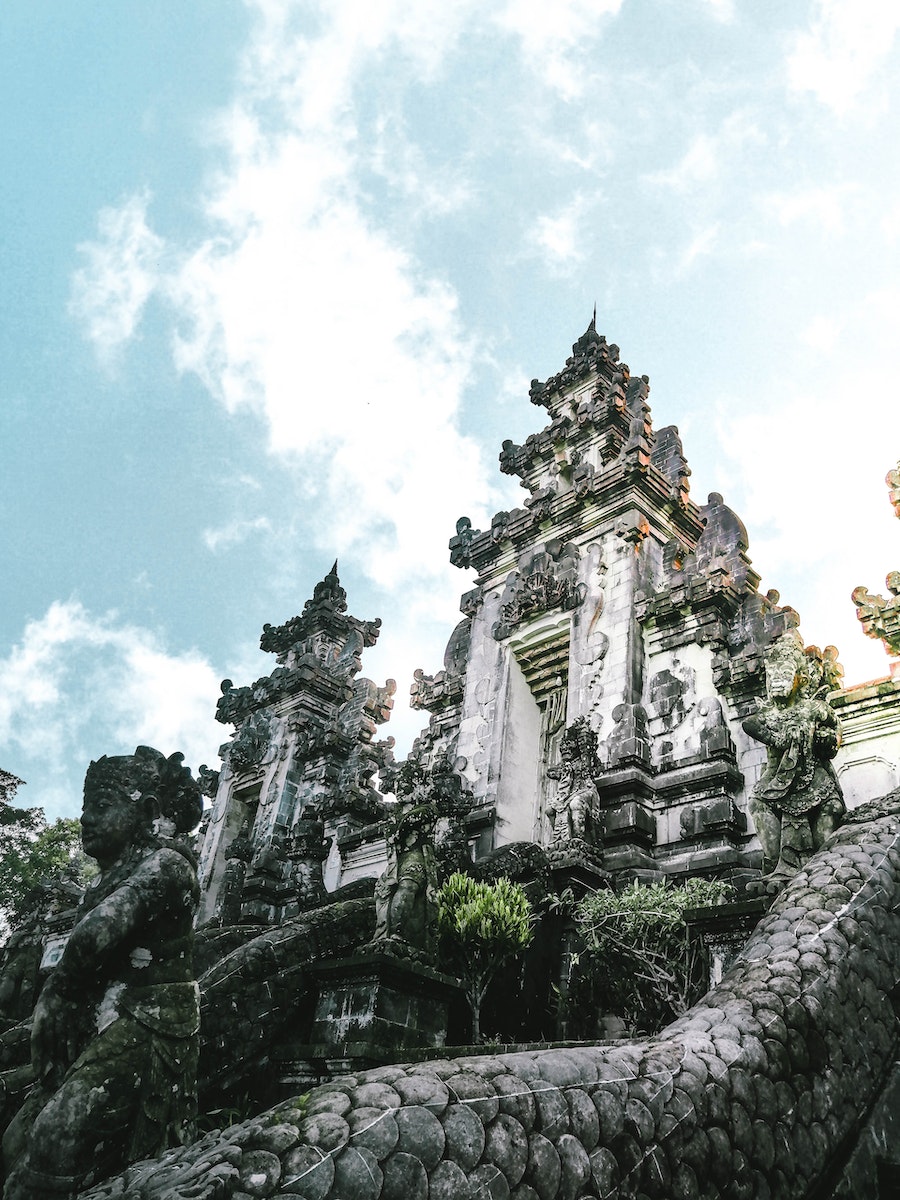
In Bali, the most widely spoken languages are Balinese and Indonesian. Balinese, or Bahasa Bali, is the local language used by the native Balinese people. It is an Austronesian language with three different speech registers or levels (low, middle, and high) used based on the social status and relationship between the speakers.
Indonesian, or Bahasa Indonesia, serves as the official national language of Indonesia and is commonly used in Bali for inter-ethnic communication, education, and official matters. Most Balinese people are bilingual, speaking both Balinese and Indonesian fluently.
English is also widely spoken, particularly in tourist areas, as it is the primary language used for communication with international visitors. Other foreign languages, such as Mandarin, Japanese, or Russian, may also be spoken by some locals working in the tourism industry to cater to the diverse range of tourists visiting the island.
Bali’s unique cultural background, with its blend of historical influences, religious practices, and traditional arts, allows visitors to immerse themselves in a truly unique, enchanting world.
Bali is an LGBTQ+-friendly destination.
Bali is generally considered a gay-friendly and LGBTQ+ welcoming destination, especially when compared to other regions in Indonesia. The island’s open-mindedness and many international visitors have created a more tolerant atmosphere towards the LGBTQ+ community. In tourist areas like Seminyak and Ubud, you can find gay-friendly hotels, bars, clubs, and events catering to LGBTQ+ travellers.
However, it is essential to remember that Indonesia is a conservative country, and public displays of affection, regardless of sexual orientation, may not be well-received in more traditional or rural areas. Also, same-sex relationships are not legally recognized in Indonesia, and there are no specific legal protections for LGBTQ+ individuals.
While Bali is more accepting than many other parts of Indonesia, it is still advisable for LGBTQ+ travellers to be aware of the local customs and cultural sensitivities and exercise discretion when expressing affection in public. Bali offers an enjoyable and inclusive experience for LGBTQ+ travellers, provided they respect the local norms and customs.
Five major places to visit while in Bali
Bali unveils a mesmerizing blend of natural beauty, vibrant culture, and captivating history. From the lush rice terraces of Tegallalang to the trendy shores of Seminyak, Bali offers a wealth of unforgettable experiences waiting to be discovered. Join us as we explore the top 5 must-visit attractions in Bali, each with its unique charm, and uncover the secrets to making the most of your adventure on this enchanting island.
Ubud and its temples
Ubud: The cultural heart of Bali, Ubud is a haven for art lovers, nature enthusiasts, and spiritual seekers. Ubud is surrounded by lush rice terraces and verdant rainforests and offers a serene atmosphere perfect for relaxation and rejuvenation. While in Ubud, don’t miss the Sacred Monkey Forest Sanctuary, home to hundreds of long-tailed macaques and ancient temples. Visit the vibrant Ubud Art Market for unique souvenirs and traditional handicrafts, or join a Balinese cooking class to learn about the island’s rich culinary heritage. With its stunning vistas, the famous Campuhan Ridge Walk is an ideal way to unwind amidst nature. To enhance your Ubud experience, consider hiring a local guide to explore hidden gems, and remember to dress modestly when visiting temples.
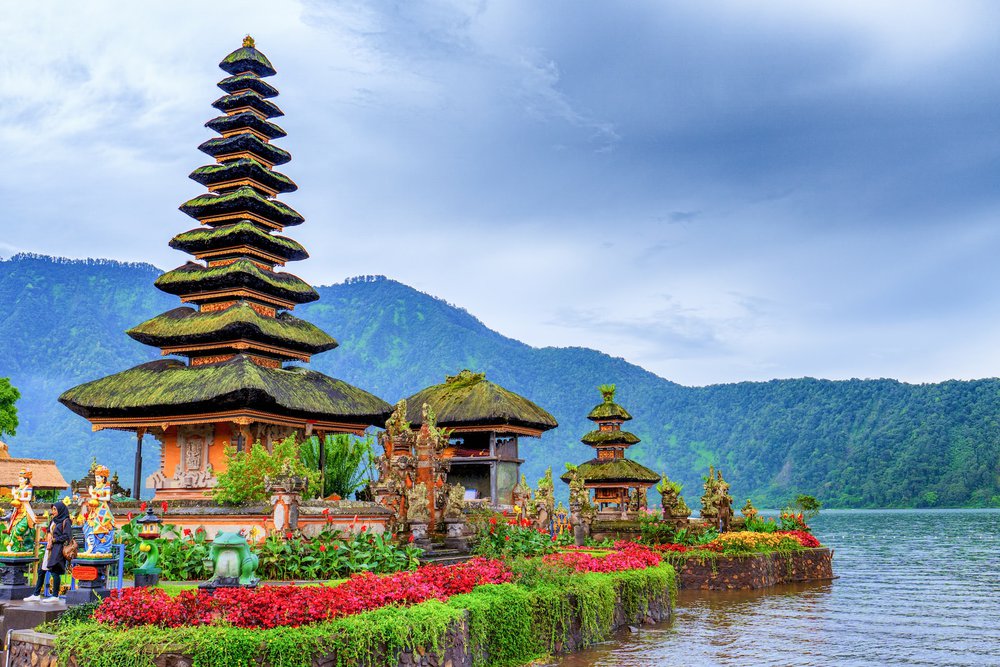
Uluwatu Temple
Perched atop a dramatic cliff overlooking the Indian Ocean, the Uluwatu Temple, or Pura Luhur Uluwatu, is one of Bali’s most iconic sea temples. This ancient Hindu temple, dedicated to the deity of the sea, is a testament to the island’s architectural and spiritual heritage. Uluwatu Temple is particularly captivating at sunset when the sky’s changing hues create a mesmerizing backdrop. While visiting, attend the Kecak Fire Dance, a traditional Balinese performance that combines rhythmic chanting, dance, and storytelling. Be cautious of the resident monkeys, as they are known to snatch personal belongings and dress appropriately when entering the temple.
Seminyak, all in style
A bustling hub of stylish boutiques, trendy restaurants, and lively nightlife, Seminyak is the epitome of sophistication and glamour. Its pristine beaches, like Double Six Beach and Petitenget Beach, offer a perfect setting for soaking up the sun or enjoying water sports such as surfing and stand-up paddleboarding. Seminyak is also home to some of Bali’s most luxurious resorts and spas, ensuring an indulgent and relaxing stay. For an unforgettable experience, visit the famed Potato Head Beach Club or sip cocktails at one of the beachfront bars while watching the sun dip below the horizon. To avoid the crowds, plan your beach visits early in the morning or explore the nearby quieter areas, such as Canggu or Sanur.
Tegallalang Rice Terraces
Located just north of Ubud, the Tegallalang Rice Terraces offer an unforgettable visual treat, with their intricate patterns of lush green fields cascading down the hillsides. A UNESCO World Heritage Site, the rice terraces showcase the traditional Balinese cooperative irrigation system, known as ‘subak.’ Take a stroll or embark on a guided tour to fully appreciate the beauty and cultural significance of the rice terraces. Visiting early or late afternoon provides cooler temperatures and better lighting for photographs. Don’t forget to wear comfortable walking shoes and bring plenty of water.
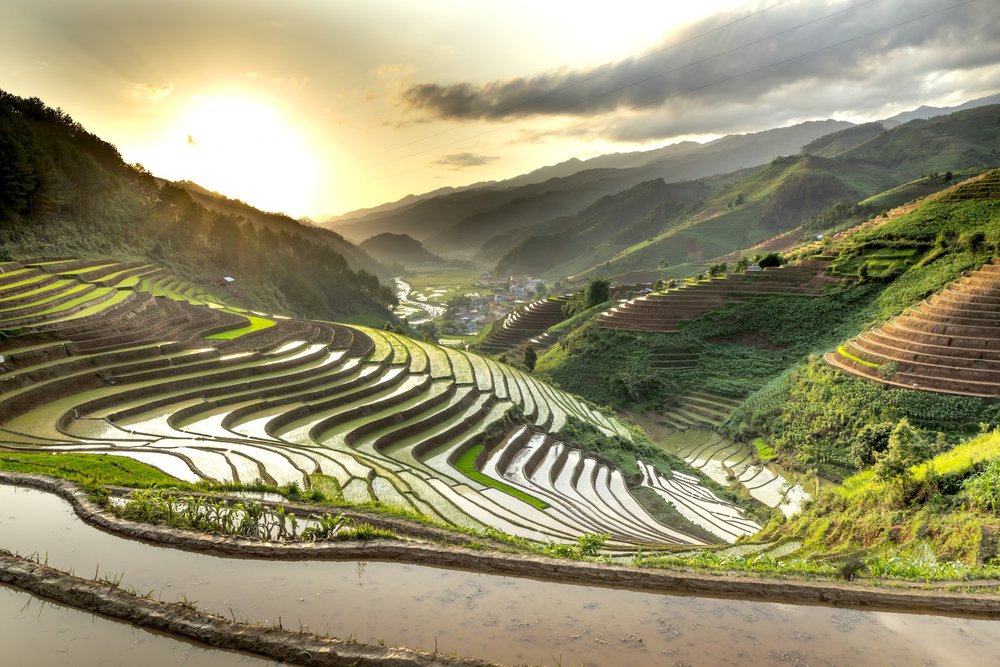
Nusa Penida
An unspoiled gem just off the southeast coast of Bali, Nusa Penida is a must-visit destination for nature lovers and adventurers. This rugged island boasts dramatic cliffs, crystal-clear waters, and pristine beaches. The iconic Kelingking Beach, with its T-Rex-shaped rock formation, offers breathtaking views and is perfect for avid photographers. Snorkelling or diving with manta rays at Manta Point is another unforgettable experience. To explore Nusa Penida, consider joining a guided tour or renting a scooter, but be prepared for rough roads and challenging terrain. Allow ample time for travel, as the island’s beauty is best enjoyed leisurely.
Bali has hidden treasures not many people know, and they should
Discover the lesser-known gems of Bali, where you can escape the crowds and delve into the island’s hidden treasures. These off-the-beaten-path destinations offer unique experiences that will leave you captivated and enamoured with the island’s charm. Here are three lesser-known yet fascinating places to explore in Bali:
Sidemen
A tranquil retreat in East Bali, Sidemen is a haven for those seeking serenity amidst nature. Nestled among rice paddies, fruit orchards, and lush green valleys, this picturesque village provides an authentic glimpse into traditional Balinese life. Wander through the verdant rice fields, visit the nearby weaving village of Tenganan to witness the ancient art of double ikat weaving, or hike to the summit of Mount Agung for a stunning sunrise view. Sidemen offers a peaceful escape from the bustling tourist hotspots, connecting you with Bali’s natural beauty and rich culture.
Amed
Located on Bali’s eastern coast, Amed is a string of quaint fishing villages renowned for their excellent snorkelling and diving spots. With its black sand beaches, crystal-clear waters, and vibrant coral reefs, Amed is a paradise for underwater enthusiasts. The nearby USAT Liberty shipwreck, a World War II relic, offers an unforgettable diving experience. Amed’s laid-back atmosphere and friendly locals make it an ideal destination for travellers seeking a slower pace, away from the more touristy areas of the island.
Munduk
Situated in the central highlands of Bali, Munduk is a charming village surrounded by cascading waterfalls, lush forests, and coffee and clove plantations. This hidden gem offers a cool respite from the tropical heat and a chance to immerse yourself in the island’s stunning landscapes. Embark on a guided trek through the verdant countryside, visiting hidden waterfalls like the Banyumala Twin Waterfalls, or stroll through the aromatic plantations learning about coffee and clove cultivation. Munduk’s captivating beauty and tranquillity provide the perfect setting for a rejuvenating retreat away from the well-trodden tourist trails.
Three + 1 most gorgeous hotels in Bali – Special luxury retreat
Indulge in the epitome of luxury and sophistication at these three exquisite hotels in Bali, where unparalleled service, breathtaking surroundings, and lavish accommodations create a truly unforgettable experience.
Four Seasons Resort Bali at Sayan
Nestled amidst lush tropical forests and the enchanting Ayung River, the Four Seasons Resort Bali at Sayan offers a tranquil retreat in the heart of nature. This stunning resort features 60 opulent accommodations, including private villas with plunge pools and spacious suites. Inspired by traditional Balinese rice terraces, the award-winning architecture harmoniously blends with the natural landscape. Guests can enjoy world-class spa treatments, delectable dining experiences, and various activities such as yoga, cycling, and cooking classes. The resort’s serene setting near Ubud offers the perfect sanctuary for relaxation and rejuvenation.
Website: https://www.fourseasons.com/sayan/

Amankila
Perched on a verdant hillside overlooking the Lombok Strait, Amankila offers unparalleled luxury and breathtaking panoramic views in East Bali. The resort features 34 elegant suites, each with a private outdoor terrace and some with private pools. Designed to resemble a traditional Balinese water palace, Amankila seamlessly blends local architecture with modern comforts. The resort boasts a stunning three-tiered infinity pool, a private beach club, a luxurious spa, and exceptional dining options. Amankila’s secluded location near the village of Manggis provides an idyllic escape for discerning travellers seeking privacy and indulgence.
Website: https://www.aman.com/resorts/amankila
Bulgari Resort Bali
Set on the dramatic cliffs of Uluwatu, the Bulgari Resort Bali combines Italian elegance with traditional Balinese charm. The resort features 59 luxurious villas, each boasting a private plunge pool, ocean views, and exquisite interiors crafted with local materials. The resort’s striking design, inspired by Balinese architecture, is complemented by lush gardens, an infinity pool overlooking the Indian Ocean, and a private beach accessible by a funicular. Guests can indulge in the opulent spa, savour gourmet cuisine at the on-site restaurants, or explore the cultural treasures of the nearby Uluwatu Temple. The Bulgari Resort Bali offers an unforgettable experience of sophistication and refined luxury. Website: https://www.bulgarihotels.com/en_US/bali
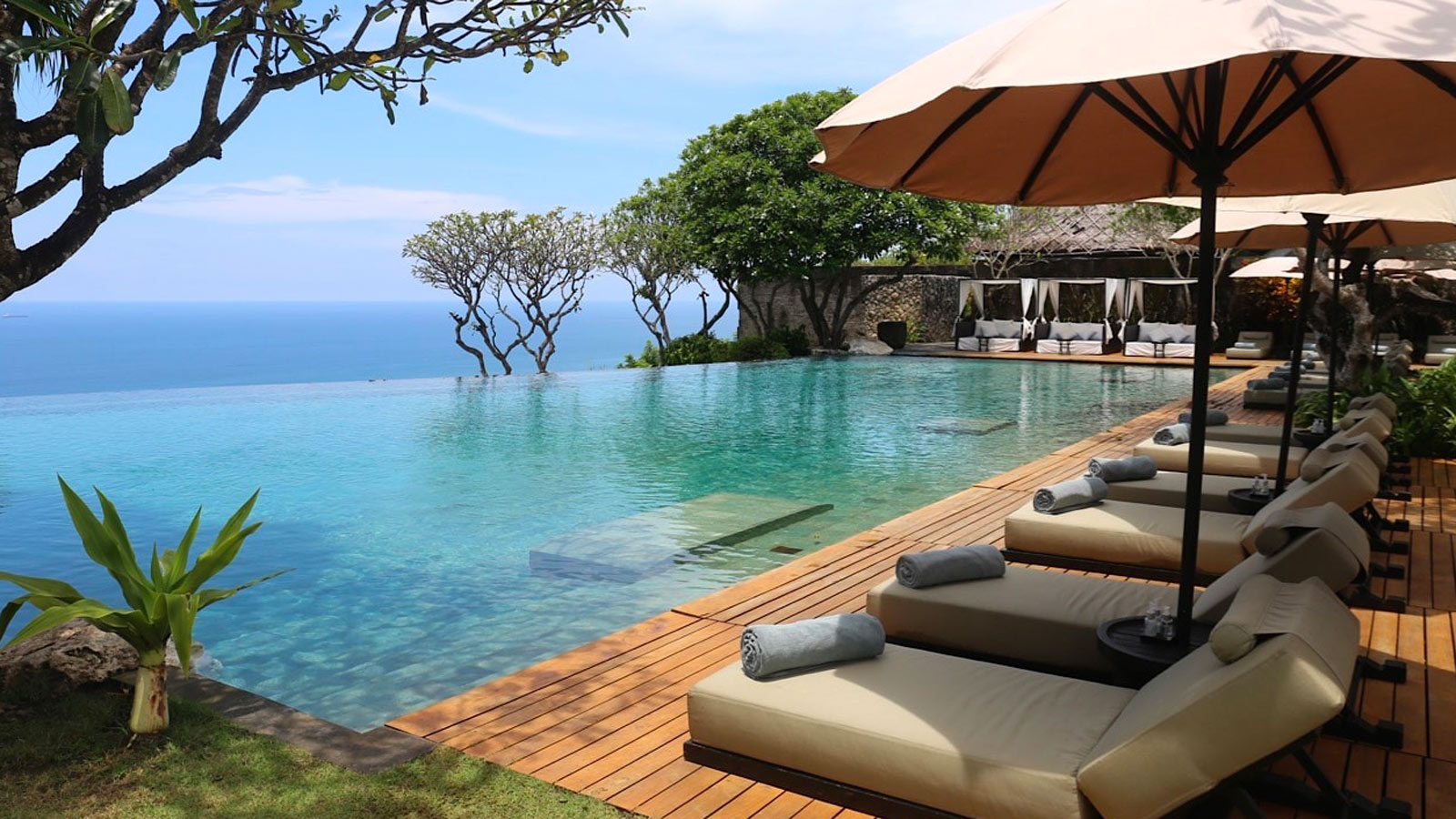
My hidden gem: The Viceroy Bali
The Viceroy Bali is an exclusive, ultra-luxurious boutique hotel nestled amidst the lush valleys of Ubud, offering unparalleled privacy and personalized service for the most discerning travellers. With only 25 opulent pool villas, each featuring a private heated pool, stunning valley views, and sophisticated Balinese design, guests can indulge in the ultimate secluded retreat. The Viceroy Bali prides itself on delivering an impeccable, bespoke experience, with amenities such as a world-class spa, fine dining at the award-winning Cascades Restaurant, and a mesmerizing infinity pool overlooking the verdant valley. For those seeking an intimate and exceptional escape, the Viceroy Bali offers a rare combination of exclusivity, refinement, and authentic Balinese hospitality.
Website: https://www.viceroybali.com/

Travel requirements if you go to Bali
The following are general tourism and administrative requirements for visiting Bali. However, please note that these requirements may change due to the ongoing COVID-19 pandemic or other reasons, so it is essential to consult the latest information from the Indonesian consulate or embassy in your country and official travel advisories before making any travel plans.
- Passport: Your passport should be valid for at least six months from your arrival in Indonesia.
- Visa: Depending on your nationality and the purpose of your visit, you may require a visa to enter Indonesia. Many countries are eligible for a visa-free short visit (usually up to 30 days) for tourism purposes. Other visitors may need to obtain a Visa on Arrival (VoA) at the airport, which is typically valid for 30 days and can be extended once for an additional 30 days. For longer stays or non-tourism purposes, you may need to apply for a visa in advance at an Indonesian embassy or consulate.
- Proof of onward or return travel: You may be asked to present a return or onward ticket when entering Indonesia.
- Health requirements: Depending on your travel history or country of origin, you may be required to provide a Yellow Fever vaccination certificate. Due to the COVID-19 pandemic, additional health-related requirements may be necessary for entry, such as a negative COVID-19 PCR test, mandatory quarantine, health declaration forms, and/or proof of vaccination.
- Travel insurance: Although not a mandatory requirement, it is highly recommended to have comprehensive travel insurance covering medical expenses, emergency evacuation, and repatriation.
Please note that these requirements are subject to change, and it is crucial to stay updated on the latest information and regulations before planning your trip to Bali.
In conclusion,
Bali offers an enchanting tapestry of experiences that captivate the hearts and minds of all who visit. From the verdant rice terraces to the pristine shores, from the ancient temples perched on dramatic cliffs to the bustling streets filled with vibrant art and culture, Bali is a haven of inspiration and rejuvenation. The island’s hidden gems beckon the adventurous traveller, while its luxurious accommodations provide the ultimate sanctuary for those seeking indulgence and relaxation. As you embark on your journey to this magical island, let the warm hospitality of the Balinese people and the breathtaking beauty of Bali’s landscapes leave an indelible impression on your soul. Selamat datang di Bali – Welcome to Bali!
José Amorim
Information sourced by the author for luxuryactivist.com. All content is copyrighted with no reproduction rights available. Images are for illustration purposes only.
